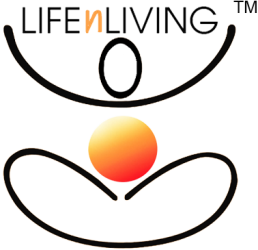Yoga has many aspects to it; and it is interesting to note that this is the only form of physical stretches that is connected with mind directly. One cannot do it as a routine exercise; it needs total balance of the mind and body. Pathanjali s yoga shastra speaks of ashtanga yoga for the mind before stepping in to physical balance. Ashtanga yoga-ahimsa (non hurting), avoid raga dvesha (deep likes and dislike), practice solitude, free from greed, dharana (keep a collected mind), kshama (forgiving nature, patience), avoid mada( arrogance), ability to set the goal, shraddha (dedication and focus), and shantam (calmness) are the nine yoga to be practiced to get the perfect balance of the body and mind.
History
The western scholars thought yoga originated around 500 BC, during the time of Gautam Buddha. However in the early 1920s, archeologists surprised the world with the discovery of the so called Indus valley civilization, largest civilization world has ever known. In the ruins of the big cities of Mohenjo Daro and Harappa, excavators found depictions engraved on soap stone seals that strongly resemble yogi-like figures. Many other findings show the amazing link of this civilization to the Hindu society and culture.
We are able to practice this traditional and ancient skill even today is a proof to show that the civilization stands the test of time. Ancient temples in India depict various yogic postures in the form of reliefs on the walls that speak volume of Indian philosophy and spirituality. The Bagawath Gita makes a mention of ashtanga yoga in chapter six and we cannot fathom the time period. Yoga practitioners in particular can benefit from India s protracted experimentation with life, especially its explorations of the mysteries of the mind. Yoga has become a commodity for sale; it is a distressing factor as yoga is a way of life to improve the five faculties of human existence like physical, mental, emotional, intellectual, and inner self development.
Every part of the body, all the eight limbs get the stretching effect with pranayama allowing a free flow of energy through the body and mind.
(supported by Dr Sridhar- yoga master and a therapist)
